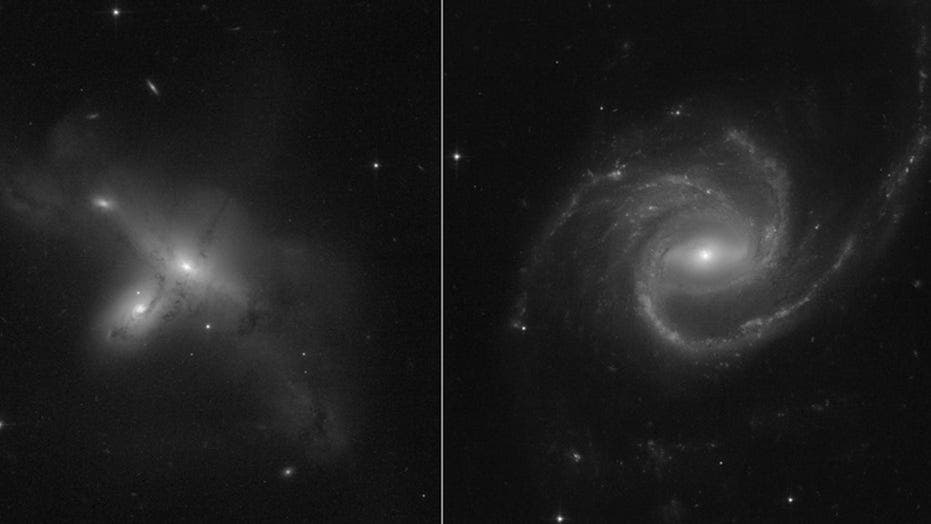After a computer malfunction around a month ago that threatened to bring Hubble down, NASA engineers and Hubble alumni were able to bring the telescope back. Now, Hubble is finally back in business, observing the universe and sending data back to Earth.

Hubble, one of the most important scientific tools in history, went offline on June 13 after a mysterious glitch. Although Hubble has been plagued by problems recently, this one seemed to be a big threat to its operation capacity, and NASA was cryptic about the odds of bringing the telescope back.
“I was quite worried,” NASA Associate Administrator Thomas Zurbuchen said in a Friday video interview with Nzinga Tull, who led the Hubble team through troubleshooting. “We all knew this was riskier than we normally do.”
NASA still hasn’t announced what the cause of the problem was, but the agency’s engineers managed to bring Hubble back online by activating some of its backup hardware. Hubble, which had been switched to safe mode, was returned to operational status over the weekend, and it’s now working once again, much to the delight of engineers and astronomers.
“Hubble is an icon, giving us incredible insight into the cosmos over the past three decades,” said Nasa’s administrator Bill Nelson.
“I’m proud of the Hubble team, from current members to Hubble alumni who stepped in to lend their support and expertise. Thanks to their dedication and thoughtful work, Hubble will continue to build on its 31-year legacy, broadening our horizons with its view of the Universe.”
After getting back on its feet, the telescope focused its lens on some unusual galaxies — including a pair of galaxies found to be slowly colliding and a spiral galaxy with only three arms.
Hubble has been helping astronomers make sense of the universe since it was launched aboard the Discovery shuttle in 1990. It’s gathered over 1.5 million observations and led to the publication of almost 20,000 scientific papers.
Hubble has helped us assess the age of the universe and measure its rate of expansion, study black holes, and even our very own solar system — among many, many other discoveries. It contributed to major findings in astronomy, and it’s thanks to Hubble that we know the universe is expanding in the first place, and that it’s filled with weird stuff we call “dark matter”.
Hubble is the only telescope designed to be maintained in space by astronauts — so far. The James Webb Space Telescope (JWST) will launch later this year, and many astronomers hope that, at least for a time, the two telescopes can operate alongside each other.


